There was a time when the words gay and Bible were considered oxymorons. That’s how I feel about the words Bible and porn. To each his or her own opinion.
A recent article by Christopher Harrity combines all three almost effortlessly.
His homoerotic interpretation of Renaissance and rococo art isn’t new; what’s new is that he takes it to a new level by calling it porn. In my opinion, he’s going for shock value. Combining gay porn with the Bible makes for an attractive headline. In many ways he’s right . . . but I wouldn’t go so far as to use the word pornography where homoerotic is more fitting.
After all, the works he’s speaking of were commissioned by the Church and painted inside its walls. We’re not talking medieval Chinese, Hindu or Japanese erotic art — now that’s a lot more explicit and probably closer to what you would consider pornography.
Be your own judge: is this homoerotic art or is this gay Bible porn?
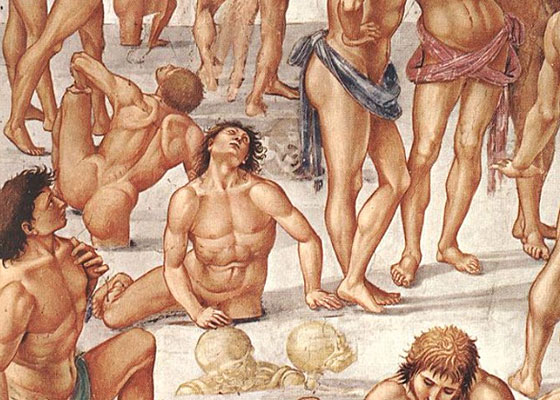
The Resurrection of the Flesh, by Luca Signorelli, detail (c 1500).
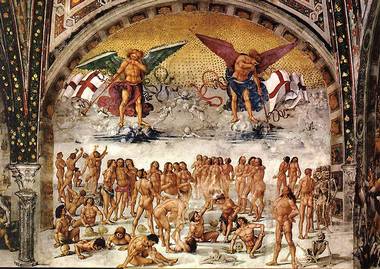
The Resurrection of the Flesh, by Luca Signorelli (c 1500).
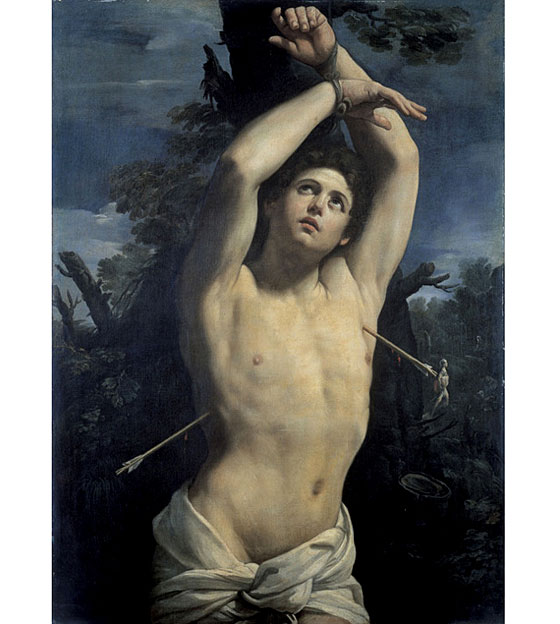
San Sebastia, by Guino Reni (c 1615).
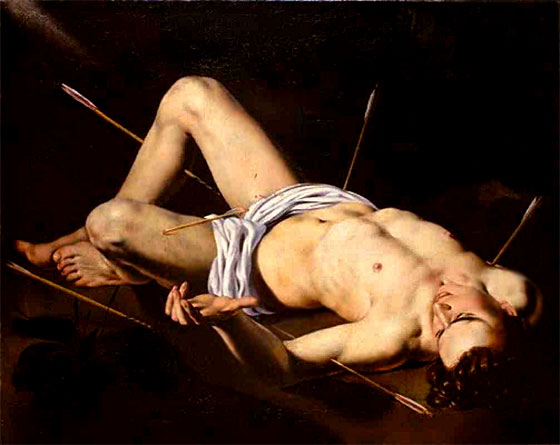
San Sebastian, by Nicolas Regnier, 17th century.

San Sebastian, by Carlos Saraceni (1610).
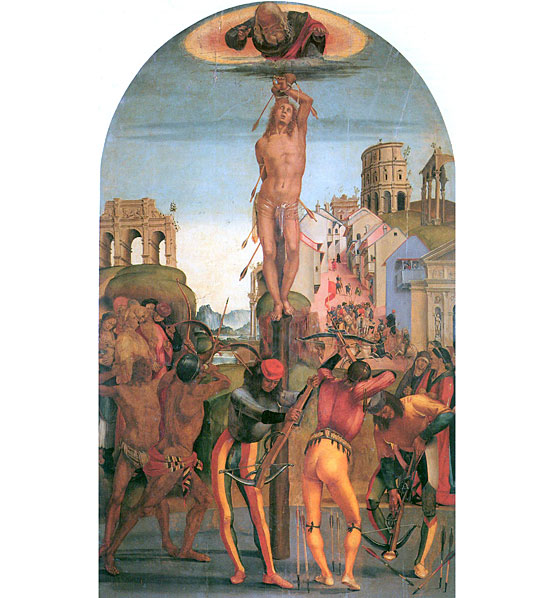
The Martyrdom of St Sebastian, by Luca Signorelli (c 1498) “focuses on the assets of the archers,” according to Harrity.
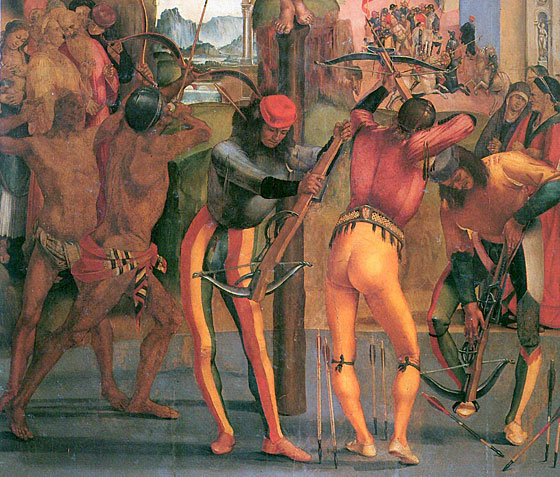
A detail of The Martyrdom of St Sebastian, by Luca Signorelli (c 1498).
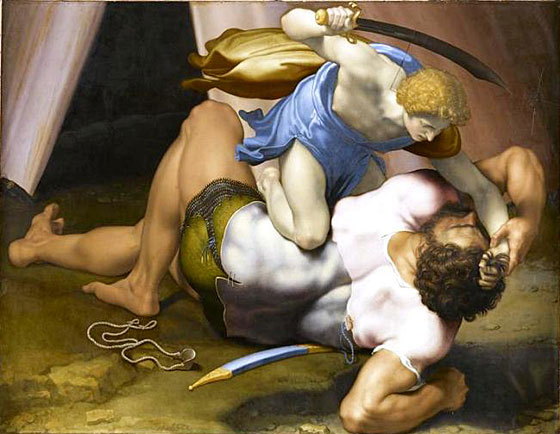
David and Goliath, by Deniele de Voltera (16th century). Harrity brings our attention to David’s nipple in this painting.
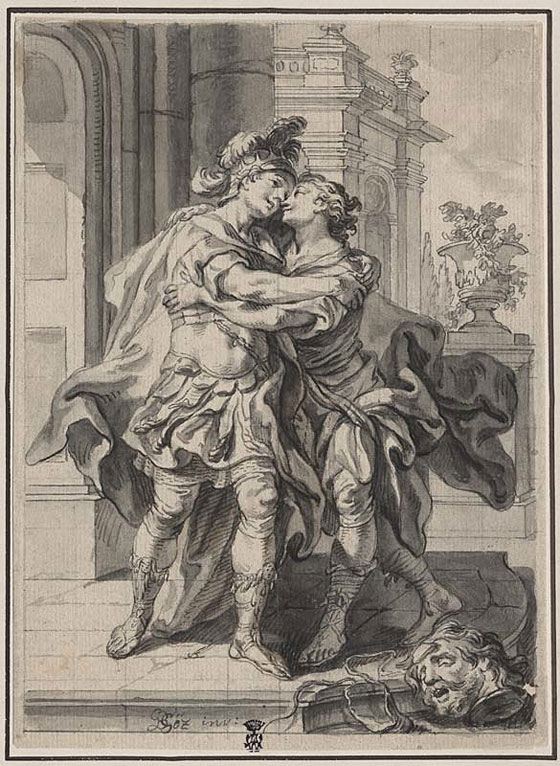
Unsourced work. Harrity interprets the embrace between David and Jonathan as “love at first sight.”
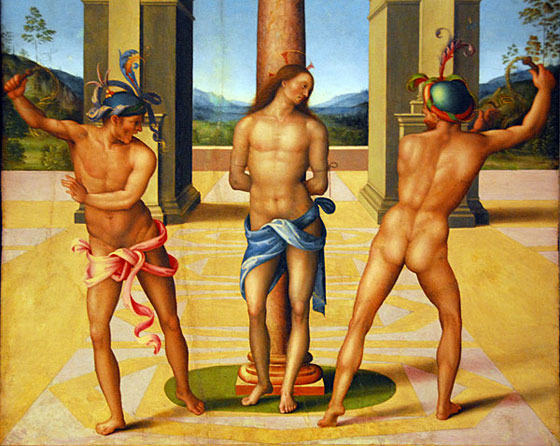
The Flagellation of Jesus Christ, by Bacchiacca, detail (c 1512), “seems to want us to focus elsewhere than the son of God.”
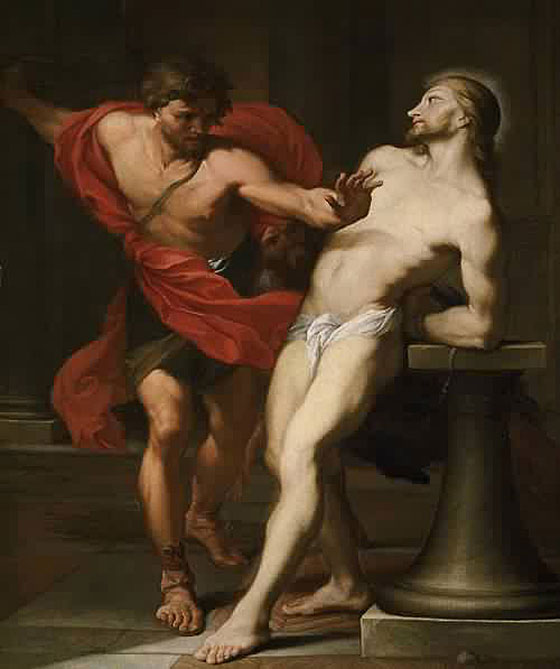
Flagellation of Christ, by Carlo Maratti (c 1655). In this case Harrity has a more romantic interpretation.
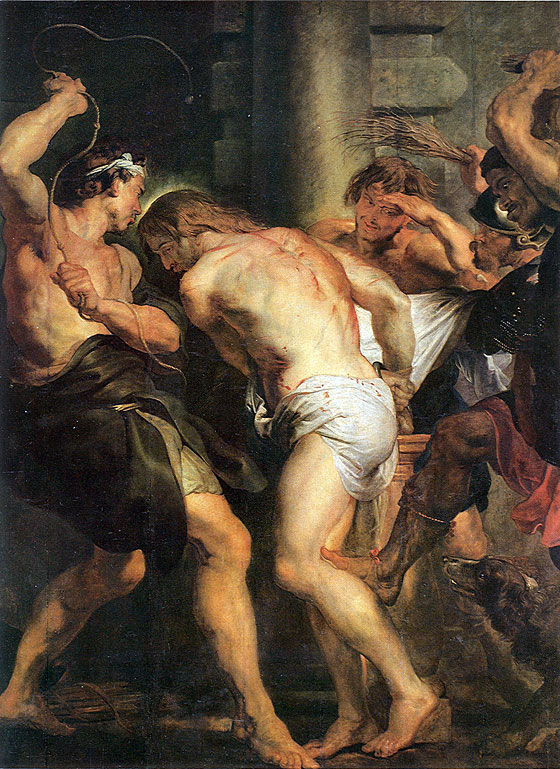
The Flagellation of Christ, by Peter Paul Rubens (1617).
 Why you can trust Xtra
Why you can trust Xtra


